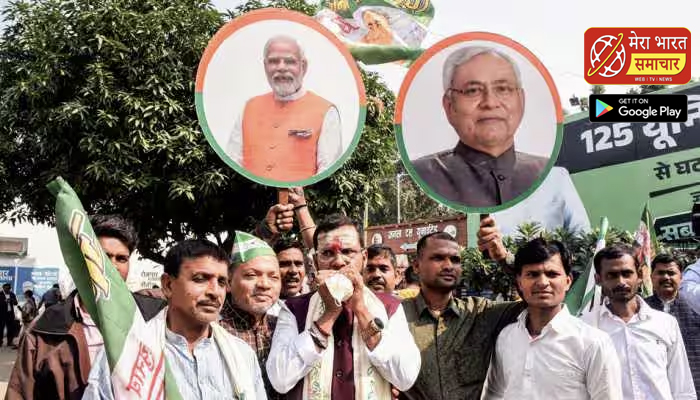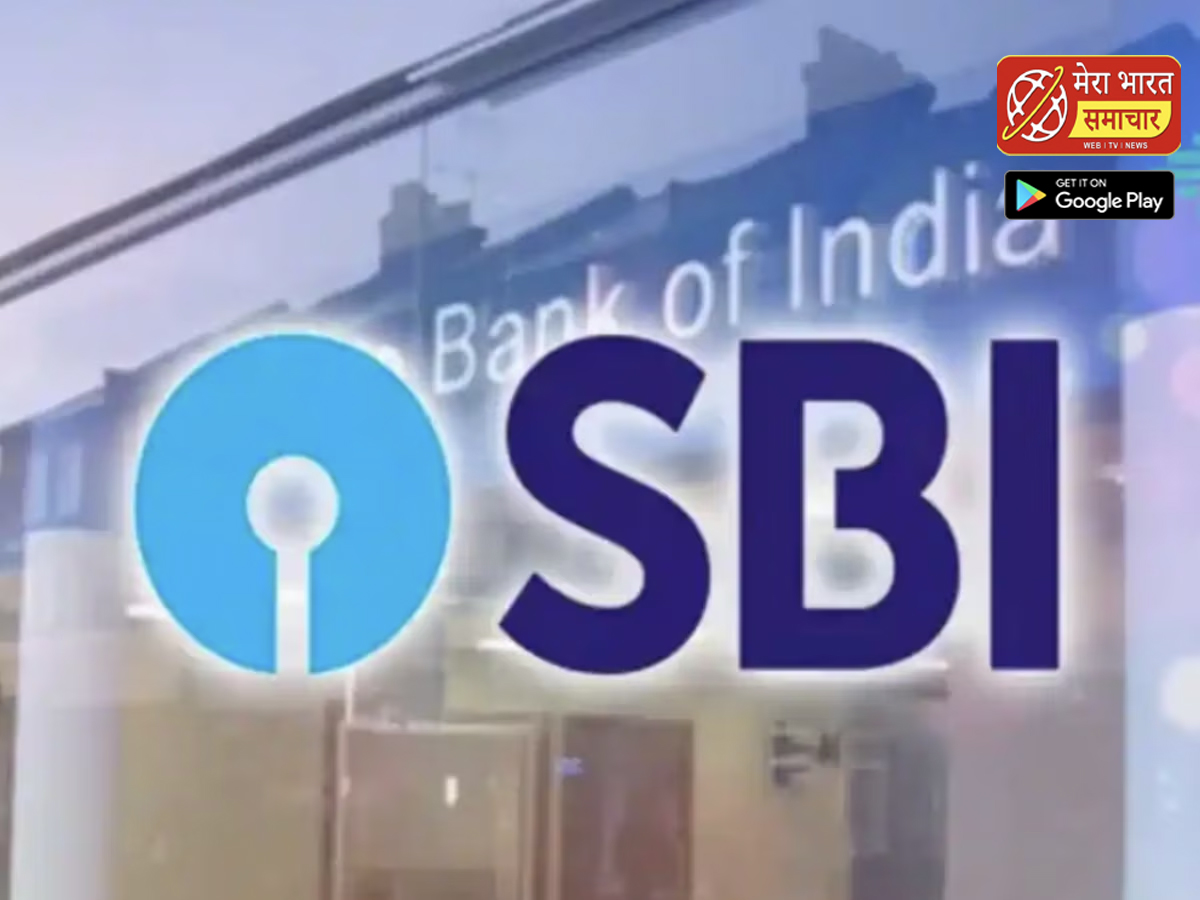RBI Monetary Policy LIVE: Reserve Bank of India (RBI) Governor Shaktikanta Das on December 8 announced that the central bank has decided to keep key rates unchanged – repo rate remains at 4 percent and the stance remains accommodative. Amid global scare due to the new coronavirus variant Omicron, the RBI was expected to maintain the status quo in its upcoming monetary policy and wait for
The Reserve Bank Governor-headed Monetary Policy Committee (MPC) is scheduled to meet during December 6-8, 2021. The decision of the rate-setting panel would be announced on Wednesday (December 8). The central bank had kept the benchmark policy rate unchanged in October.
“…we believe the talks of a reverse repo rate hike in the MPC meeting may be premature as RBI has been largely able to narrow the corridor without the noise of rate hikes and ensuing market cacophony,” said an SBI research report.
According to it, the RBI is not obliged to act on reverse repo rate only in MPC. “Also, change in reverse repo rate is an unconventional policy tool that the RBI has effectively deployed during the crisis when it moved to a floor instead of the corridor,” it added.
Experts also feel the RBI MPC is likely to keep rates steady and choose to be ‘conservative’ till February 2022 when public health risks would become clearer, experts feel.
Omicron factor
Before the Omicron variant of COVID-19 took over the epidemiological and markets discourse, there was a reasonable likelihood that the MPC would signal to the RBI would start the normalization process of monetary policy at its December 6-8 meeting with a small, maybe 15 basis point, hike in the reverse repo rate.
The RBI has emphatically communicated on multiple occasions that it will proceed with normalization, not in a time-dependent, but a state-dependent (with a data-driven approach) in a gradual, and calibrated fashion with advanced telegraphing. This it has already been done with the steady rise in both the average and cut-off yields in the Variable Rate Reverse Repo (VRRR) auctions.
Other factors
Other than the potential fresh public health uncertainty, the recent and expected growth-inflation trade-off dynamics had warranted a start of normalization, which had been pointed out by some MPC members during the last policy review in October.
The recovery, both globally and in India, continues, although the momentum has been decelerating, and China’s loss of growth momentum is becoming a matter of increasing concern. In many of the large developed countries, inflation has remained high over the past few months and is expected to persist into the first half of 2022.
Labour markets, particularly in the United States and the United Kingdom, remain tight, engendering concerns of wage inflation spilling over into wider price pressures. There is a shortage of labor across a range of professions, further exacerbating price pressures. Housing markets remain strong in many geographies.
Background
The central bank had last revised the policy rate on May 22, 2020, in an off-policy cycle to perk up demand by cutting the interest rate to a historic low. The RBI has been asked by the central government to ensure that the retail inflation based on the Consumer Price Index (CPI) remains at 4 percent with a margin of 2 percent on either side. The Reserve Bank had kept the key interest rate unchanged in its after monetary policy review in August citing inflationary concerns.
In its October MPC meeting, the central bank had projected the CPI inflation at 5.3 per cent for 2021-22: 5.1 per cent in the second quarter, 4.5 per cent in third quarter; 5.8 per cent in the final quarter of 2021-22, with risks broadly balanced. CPI inflation for the first quarter of 2022-23 is projected at 5.2 per cent.











